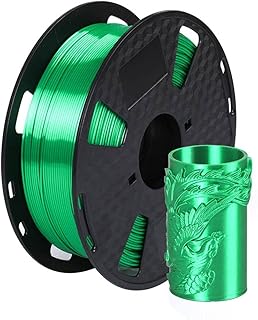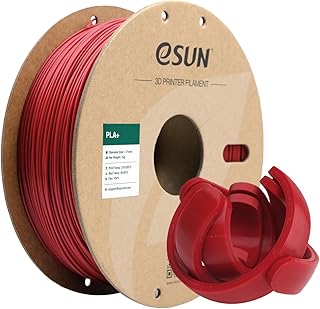In May 2025, Starbucks unveiled a ground-breaking 3D-printed store in Brownsville, Texas, signaling the rapid growth and innovation in the 3D printing industry. The market, which reached $20.37 billion in 2023, is projected to surge to $88.2 billion by 2030, offering lucrative opportunities for entrepreneurs keen to tap into this booming sector.
3D printing, also known as additive manufacturing, revolutionizes the way physical objects are created by building them layer by layer from digital designs. This technology plays a pivotal role in Industry 4.0, alongside IoT and robotics, enhancing operational efficiency and sustainability in manufacturing processes.
The article highlights 13 profitable 3D printing business models that are driving success in the industry today. From custom prototyping services to personalized jewelry, architectural models, educational tools, home decor, and more, these business ideas cater to diverse market segments with high growth potential.
The guide emphasizes the importance of market research in understanding demand, pricing strategies, and competition. Developing a robust business plan, legally establishing the business, and securing financing are crucial steps for aspiring 3D printing entrepreneurs to set a strong foundation for their venture.
Choosing the right 3D printing technology, leasing space, purchasing equipment, and establishing a sales platform are key operational considerations. Additionally, hiring staff, building an online presence, and implementing effective marketing strategies are essential for attracting customers and driving business growth.
Managing a 3D printing operation involves maintaining and calibrating printers, selecting appropriate materials, tracking inventory, and ensuring quality control. By differentiating from competitors, entrepreneurs can carve a niche in the market and enhance their brand visibility.
Cost considerations for starting a 3D printing business range from equipment and materials to software, workspace setup, labor, legal requirements, and marketing expenses. By carefully budgeting and monitoring costs, entrepreneurs can optimize their operations and maximize profitability.
The article concludes with a FAQ section addressing common queries related to licensing, profitability, startup costs, product pricing, quality assurance, customer acquisition, and best practices for launching and managing a successful 3D printing business.
Overall, the comprehensive guide provides valuable insights and practical steps for entrepreneurs looking to venture into the dynamic and rapidly expanding 3D printing industry, offering a roadmap for success in this innovative sector.
📰 Related Articles
- Unlocking Online Success: SEO, GEO, and AEO Strategies Revealed
- 2025’s Top 3D Printers: Innovations and Best Models Revealed
- World Business Forum Sydney 2025: Empowering Leaders for Success
- World Business Forum Sydney 2024: Purpose-Driven Strategies for Success
- Wheatland County Elementary School Embraces 3D Printing Innovation





